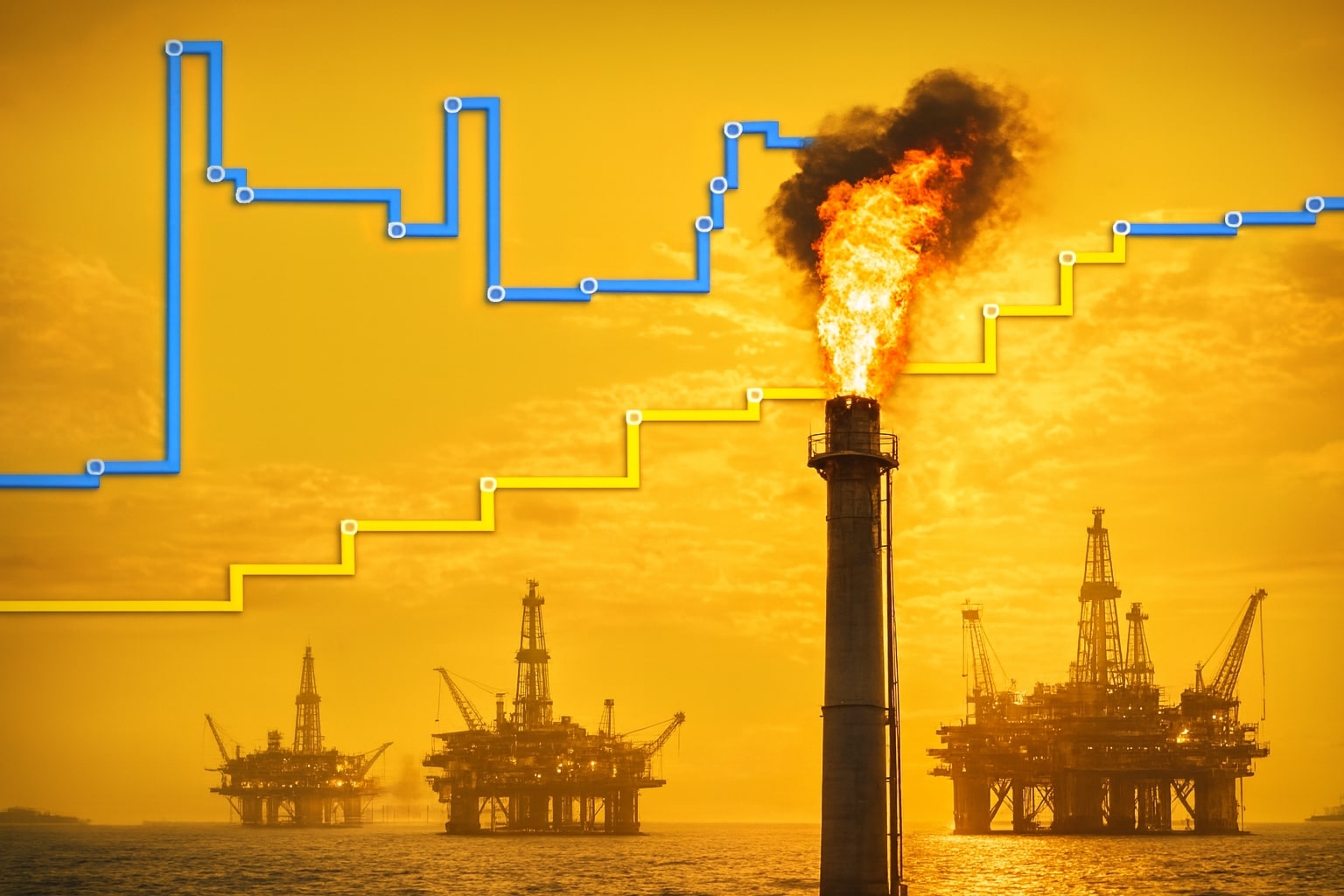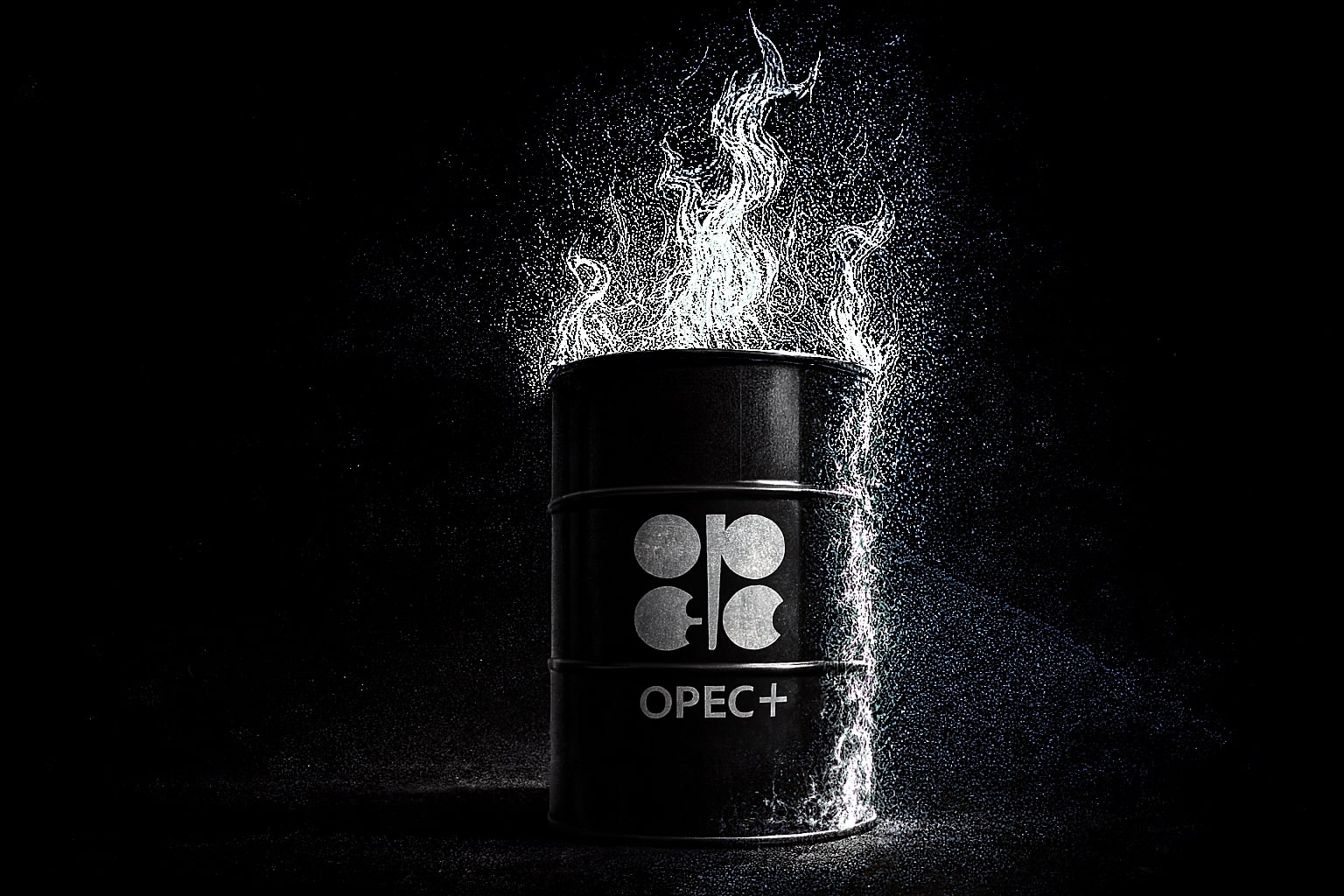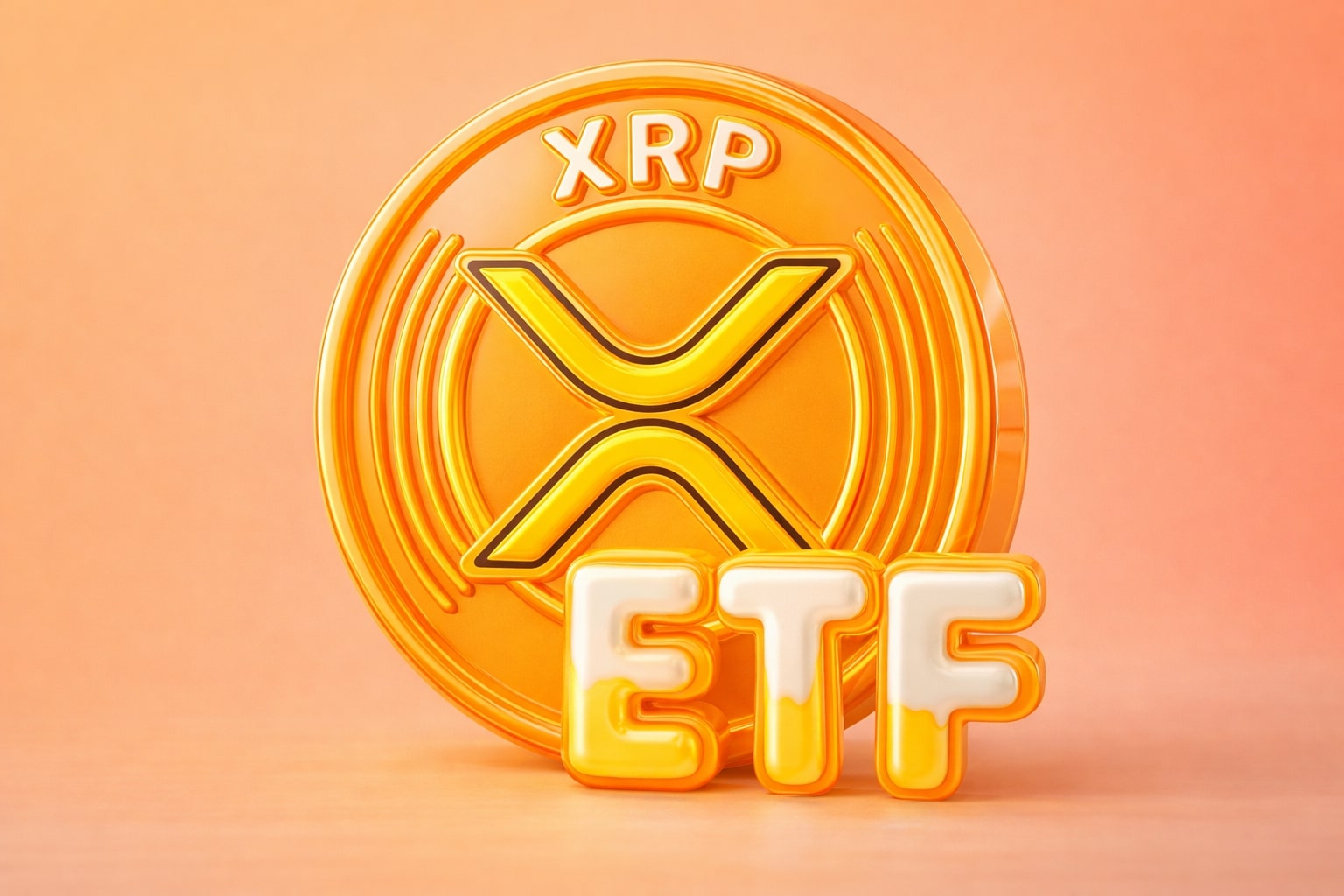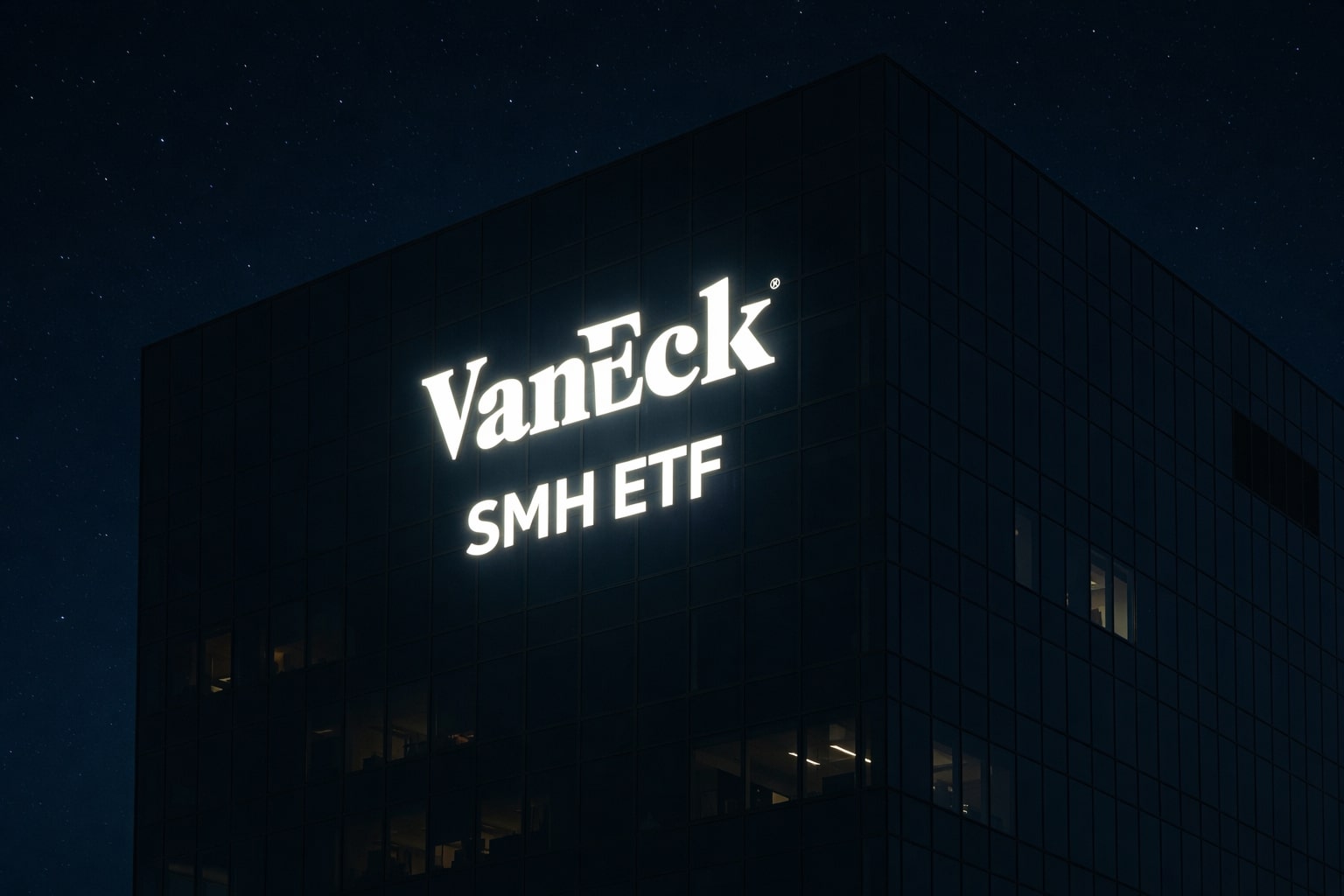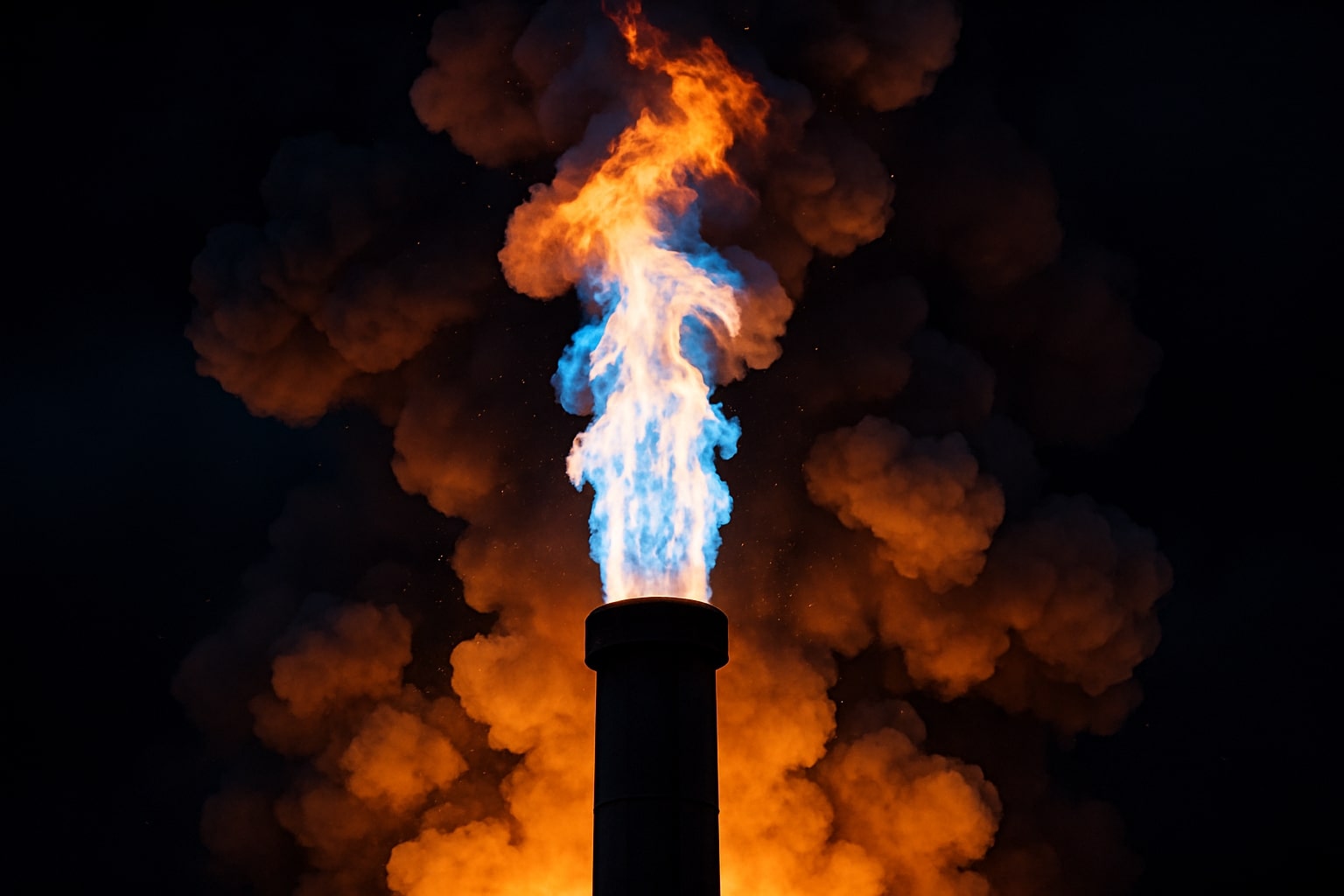
Natural Gas (NG=F) Breaks 200-Day Support as $2.97 Target Comes Into View
NG=F trades below $3.35 with bearish signals piling up from Fibonacci levels, rig data, and cooling weather. AECO optimism offers long-term hope, but short-term risk remains dominant | That's TradingNEWS
NG=F Price Pressured as Technical Breakdown Targets $2.97
Failure at 200-Day Moving Average Sparks Technical Alarm
Natural gas (NG=F) has lost its grip on a critical uptrend as both Monday and Tuesday’s candles closed entirely below the 200-day moving average, now sitting at $3.42. This marks the first time since late April that price action has consistently closed beneath this level. A confluence of bearish signals—including the breach of a rising channel line and the breakdown at the 61.8% Fibonacci level ($3.36)—suggests mounting downside risk. On Tuesday, NG=F traded between a high of $3.47 and a low of $3.35, reflecting tight but weakening price control.
Bearish Continuation Points to $3.13 and $2.97
A failed support test near $3.28 has shifted attention to deeper technical targets. The 78.6% Fibonacci retracement level at $3.13 is now in play, followed by an ABCD projection at $2.97, which aligns with a long-term anchored VWAP support near $2.95. These levels are anchored to the February 2024 low and were confirmed by bounces in both April and October 2024. These confluences could act as magnetic zones for price if bearish momentum continues.
Upside Needs $3.47 Breakout, but Volume Lacks Conviction
A rally above $3.47 would technically confirm a two-day reversal and target minor resistance at $3.57 and $3.75. However, any sustained attempt to reclaim the $4.15 swing high will require not just price movement but a decisive rise in trade volume. So far, that conviction has not materialized.
LNG Demand and Turkish Spot Market Fail to Lift Prices
Despite a 4.5% rise in Turkish natural gas trade volume to 8.87 million liras, and consumption of 131.8 million cubic meters of pipeline gas on Monday, NG=F remains under pressure. The lira exchange rate sits at 40.01/USD, placing additional strain on imported LNG demand. Meanwhile, the European Parliament approved looser rules for storage refill obligations—allowing up to 10% deviation from the 90% target—which could ease demand-driven price spikes across the EU this winter.
Weather and Inventory Data Undermine Bullish Thesis
Forecast updates from Atmospheric G2 on Tuesday showed cooler temperatures across central and eastern U.S. between July 13–22, reducing air conditioning demand and lowering nat gas burn. On Monday, NG=F hit a six-week low amid surplus supply conditions. According to the latest EIA report, inventories rose +55 bcf for the week ended June 27, beating consensus of +49 bcf and showing a 6.2% surplus to the five-year average. As of July 6, European storage was 61% full, far below the five-year norm of 70%.
Supply Surplus Persists Despite Drop in Rig Count
Lower-48 dry gas output stands at 104.8 bcf/day (+3.9% y/y), while demand has slipped to 77.9 bcf/day (–6.8% y/y). LNG flows to export terminals total 15.0 bcf/day, slightly down 2.5% w/w. The U.S. rig count dropped by one to 108 active rigs, still near a 15-month high of 114. Though rig reductions often indicate tightening supply, overall production remains robust.
Canada’s LNG Surge Sets AECO Prices for 50% Recovery
Canadian gas is entering a bullish phase with the first LNG shipment from the LNG Canada terminal en route to South Korea. Deloitte projects AECO benchmark prices to average $2.20 in 2025 (vs. $1.39 in 2024), and $3.45 in 2026, eventually stabilizing around $3.50 through 2032. BMO sees stronger structural fundamentals due to AI-driven demand, declining U.S. output in major basins, and long-delayed export access. Fund manager Eric Nuttall forecasts $4–$5 natural gas and a reduced Canadian price discount from $2.00 to $1.10–$1.30 as global LNG capacity tightens.
Market Still Bearish Despite Canadian Optimism
TD Cowen counters this with a more cautious view, warning that Phase 1 of LNG Canada may not be the inflection point for Western Canadian pricing due to global oversupply post-2026. Analyst Tristan Margot sees a supply-demand balance returning by 2026 but expects short-term pressure on prices due to lagging production discipline.
Verdict: Bearish with Near-Term Downside Risk Toward $2.97
With technical breaks below key MAs, a cooling U.S. weather outlook, and sustained supply surpluses, NG=F remains under pressure. Until volume steps in to reclaim $3.47 and challenge $3.75, the risk remains skewed to the downside. Near-term targets are $3.13, $2.97, and possibly $2.95. The bullish Canadian thesis is long-term in nature and not yet priced into front-month contracts. NG=F is rated Sell short term, with reassessment warranted if price and volume reclaim upside resistance zones.
That's TradingNEWS
Read More
-
SMH ETF: NASDAQ:SMH Hovering at $350 With AI, NVDA and CHIPS Act Fueling the Next Move
16.12.2025 · TradingNEWS ArchiveStocks
-
XRP ETFs XRPI and XRPR: Can $1B Inflows Lift XRP-USD From $1.93 Back Toward $3.66?
16.12.2025 · TradingNEWS ArchiveCrypto
-
Natural Gas Price Forecast: NG=F Falls to $3.80–$3.94 as Warm Winter Kills $5.50 Spike
16.12.2025 · TradingNEWS ArchiveCommodities
-
USD/JPY Price Forecast - USDJPY=X Slides, BoJ 0.50% Hike, Fed Cut and NFP Set the Next Big Move
16.12.2025 · TradingNEWS ArchiveForex














